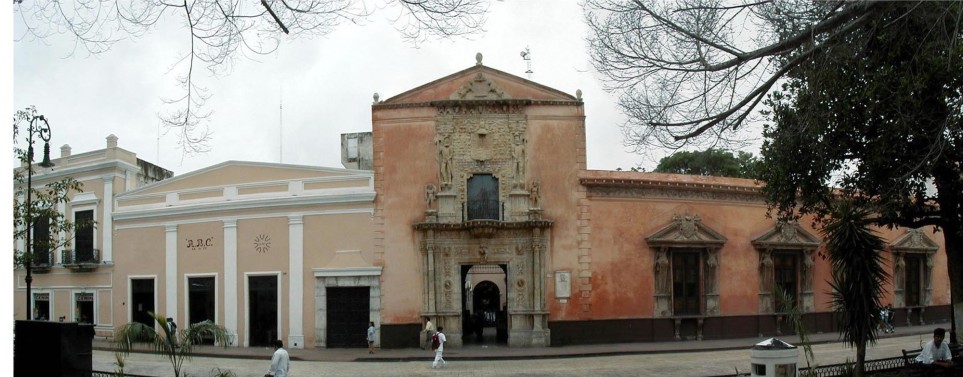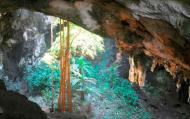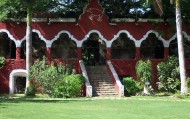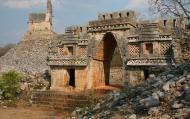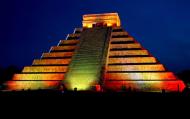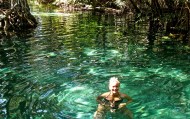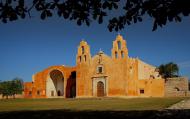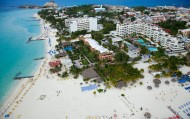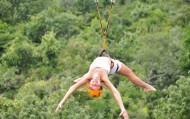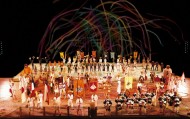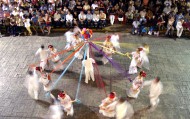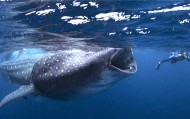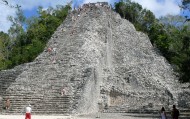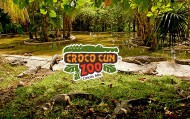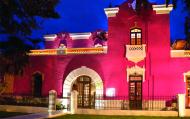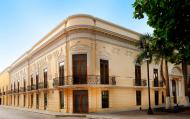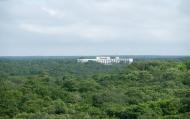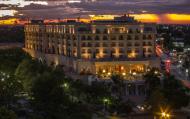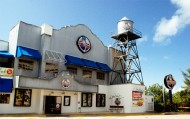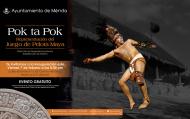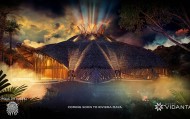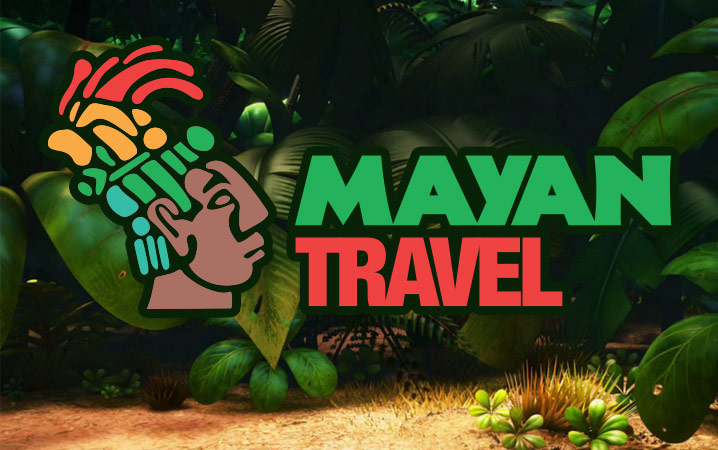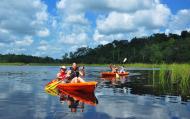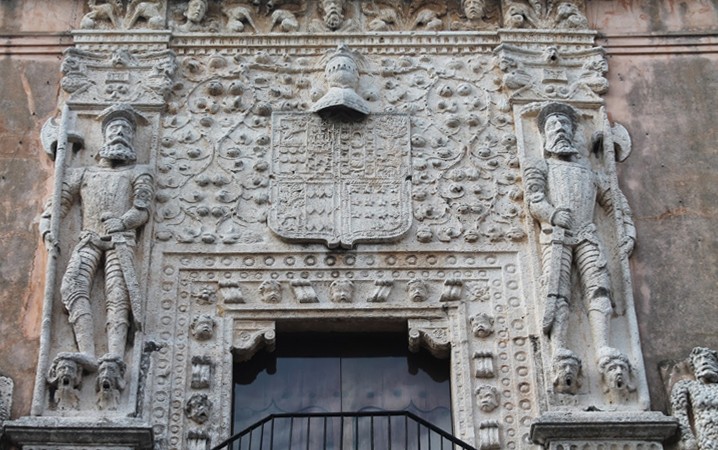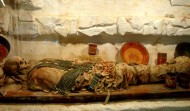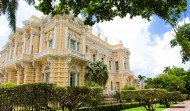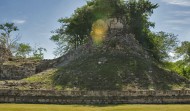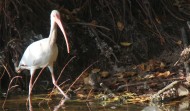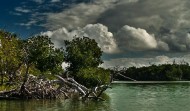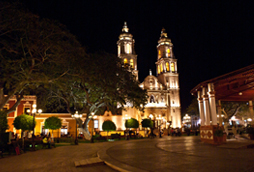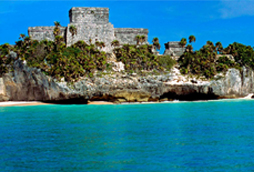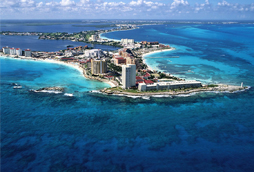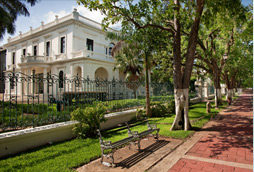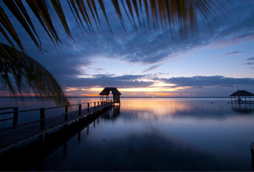| Las tres cosas que no sabÃas acerca de la "Casa de Montejo" en Mérida |
ArtÃculos mas leÃdos
Las tres cosas que no sabÃas acerca de la "Casa de Montejo" en Mérida
Casa Montejo: opresión y racismo son el origen de la mayor joya arquitectónica del siglo XVI.
La Casa de los Montejo, fundadores de la ciudad de Mérida, es hoy uno de los principales atractivos de Yucatán y una de las más grandes joyas arquitectónicas del siglo XVI en México.  Para visitantes y observadores, sin embargo, su construcción y simbolismo ejemplifican la gran tragedia de la conquista española sobre la civilizaciones indÃgenas de América.
Mas información
1. Destrucción: Para construir la Casa de Montejo se utilizaron las piedras finamente cortadas de las pirámides de la antigua ciudad maya de T?ho. Esta era una práctica común en las guerras de conquista y en toda América hay ejemplos similares. En Yucatán, otro ejemplo notable es el Convento franciscano de Izamal, construido sobre la plataforma intermedia de una pirámide cuya base es una de las más grandes conocidas. Â
2. Opresión: La casa fue construida por los indÃgenes recién conquistados. Ãsta era una práctica tan natural que incluso está reflejado claramente en las dos esculturas principales de la fachada: los soldados españoles están parados sobre cabezas cortadas de los indios conquistados y subyugados. Â
3.  Racismo: Aunque parezca incongruente, una de las razones que permitieron que hoy disfrutemos la hermosa arquitectura original de la Casa de los Montejo, fue el lineamiento claro y directo de la tercera dueña, doña Andrea del Castillo, esposa de Francisco de Montejo ?El Mozo?, quién dispuso al morir que el predio no podrÃa ser enajenado sino sólo transferido a su descendencia, instituyéndose asà el mayorazgo de los Montejo y familias españolas sobre el edificio. Este mayorazgo continuó hasta 1832, cuando ya México era independiente. Â
La historia de la humanidad está llena de ejemplos contundentes de prácticas ancestrales que han trascendido hasta nuestros dÃas de muchas formas diferentes. El hecho que hoy disfrutemos de la grandeza o la exquisitez que las antiguas civilizaciones nos legaron, debe ser motivo de orgullo y satisfacción, pero también nos obliga a reflexionar sobre quiénes somos, de dónde venimos y, lo más importante, a dónde vamos como cultura y civilización.
Ubicación y Actividades
Mérida,Yucatan.
